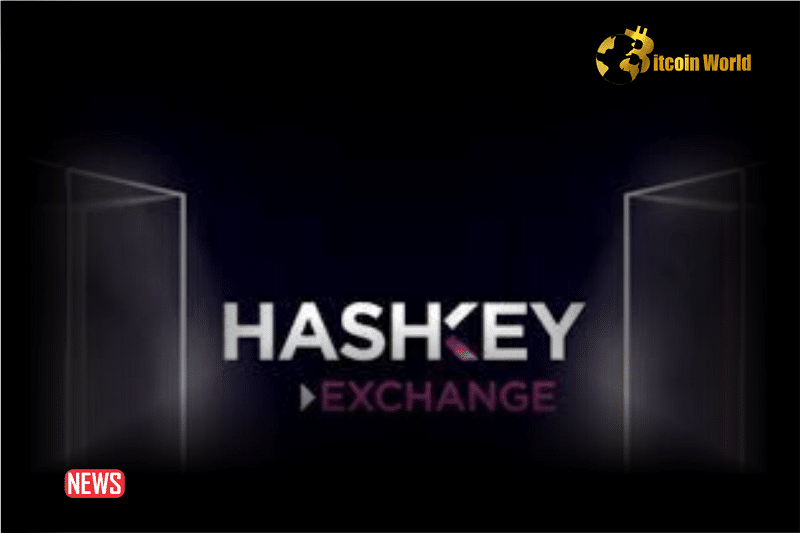The decentralized finance (DeFi) sector offers enticing opportunities along with potential risks for savvy cryptocurrency investors. One such avenue is participating in stablecoin lending through liquidity mining protocols, which can potentially yield returns of up to 20%.
Prominent DeFi platforms like Aave and Compound, operating on Ethereum (ETH), incentivize stablecoin suppliers with attractive annual percentage yields (APYs). Aave boasts APYs of 19.18% for USDC and 20.44% for USDT, while Compound v3 offers a 15.19% APY for USDC on Ethereum. Exploring lending opportunities on alternative chains such as Polygon (MATIC), Arbitrum (ARB), or Base could potentially yield even higher APYs.
The dominance of high APYs is fueled by substantial borrowing demand, with traders willing to pay borrow-APYs as high as 23.45% and 25.13% for USDC and USDT, respectively, on platforms like Aave. These borrowed stablecoins are often utilized for speculative cryptocurrency trading, aiming to generate returns surpassing their borrowing costs.
Erik Voorhees, founder of ShapeShift, recently questioned why major financial institutions overlook this risk-allocation opportunity, following ShapeShift’s settlement of illegal securities charges with the SEC on March 5th. However, Hayden Adams, founder of Uniswap, highlighted the paradoxical nature of stablecoin lending yields. While a 30% APY might not suffice for crypto-native investors, traditional finance players may perceive DeFi as too risky even at such rates.
In summary, lending platforms offer enticing yield opportunities for supplying stablecoins like USDC and USDT, while traders can borrow stablecoins for short-term price speculation in the cryptocurrency market. Nevertheless, both avenues entail inherent risks, including potential control exerted by entities behind stablecoins like Tether and Circle.





